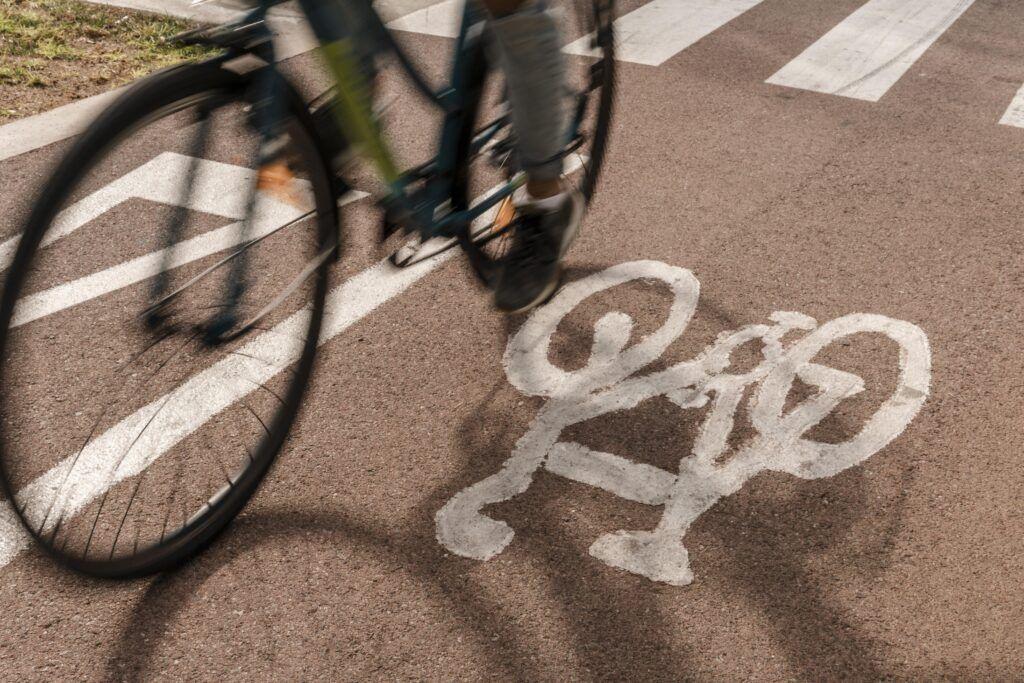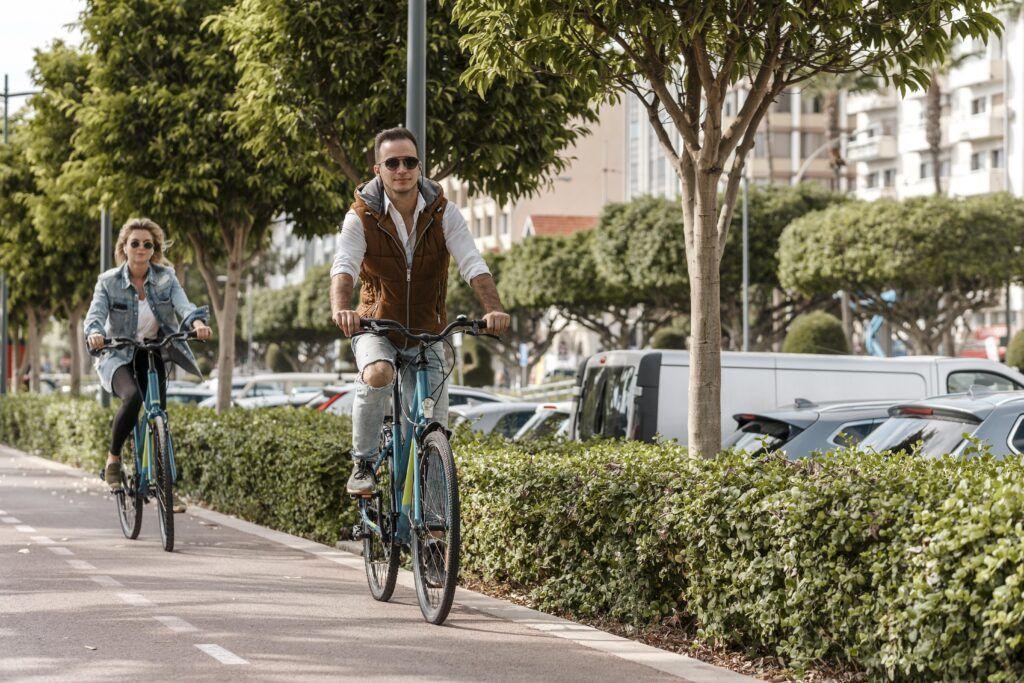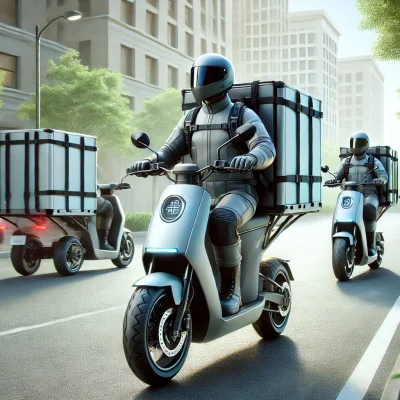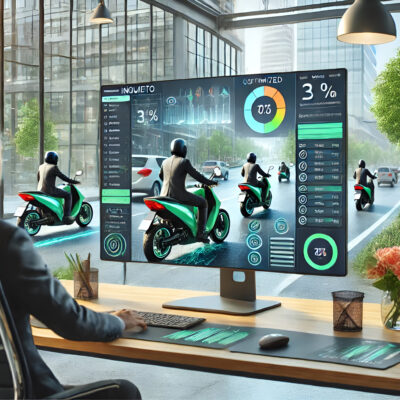An equitable, environmentally friendly urban development depends largely on the design of sustainable cities. To achieve this goal, it is crucial that shared spaces are not only healthy, but also accessible and safe for all forms of mobility, whether motorised, cyclist or pedestrian. This entails the creation of infrastructures and services that facilitate travel in an inclusive manner, taking into account the needs of every person or commercial agent.
Town planners, architects and municipal authorities are already working on urban planning far removed from the traditional model where cars were regarded as the main focus of the design. Now the focus is on people. A change which aims to take on challenges as varied as pollution, traffic congestion or the loss of green areas or urban “lungs.”
Pedestrians and cyclists the main focus of modern urban design
An urban design which prioritises pedestrians and cyclists not only promotes a more active, healthy lifestyle, but it also reduces the dependence on vehicles and cuts the polluting emissions of cities. Against this backdrop, integrating safe, accessible pedestrian and cycling infrastructures is essential in order to achieve more livable, sustainable cities.
Modern urban space planning simply has to take into account the creation of wide pavements, pedestrian areas or dedicated cycle lanes. In other words, elements which, in addition to facilitating sustainable movement, contribute to the foundation of more humanised cities and the strengthening of local commerce.

On the other hand, the implementation of smart technologies also plays a crucial role in the design of sustainable, pedestrian and cycle-friendly cities. From efficient public transport systems to the installation of adaptive traffic lights and traffic sensors, technology can significantly contribute to improving the safety and flow of non-motorised traffic.
In the same way, it is essential to strive for urban policies which promote active mobility. Incentives for the use of bicycles, the pedestrianisation of central streets or the creation of low-speed zones are some measures that can be implemented to promote more sustainable, safe mobility.

Commercial mobility in sustainable cities
No commercial agent is immune to the change towards clean urban mobility and sustainable city design which is friendly to pedestrians and cyclists. Hence, the harmony between modern urban development and trade must involve the adaptation of the latter to a trend that is already unstoppable. And in this regard, the alternative and zero-emission vehicle fleets are the most powerful allies in a business context.
In the new urban paradigm, commercial mobility is challenged to adapt through alternative vehicles. In other words, building delivery and transport fleets which use clean technologies, such as motorcycles or electric vans or cargo bikes. Vehicles that can move around urban environments without removing the importance of pedestrians or cyclists, who can access emission-free areas and who, ultimately, can live in harmony with all forms of mobility.
In turn, urban policies already promote sustainable commercial mobility through incentives for the adoption of clean vehicles, the creation of specific loading and unloading areas and traffic regulation to encourage the circulation of delivery vehicles. A further step towards promoting more liveable cities.
The design of sustainable, pedestrian and cycle-friendly cities, in short, is vital for a more equitable, healthy and environmentally friendly urban future. Prioritising active mobility and the inclusion of people in urban planning is essential for building cities that promote the quality of life and well-being of all their inhabitants. And commercial activity must contribute to change, benefiting from any advantages that may arise from it.





